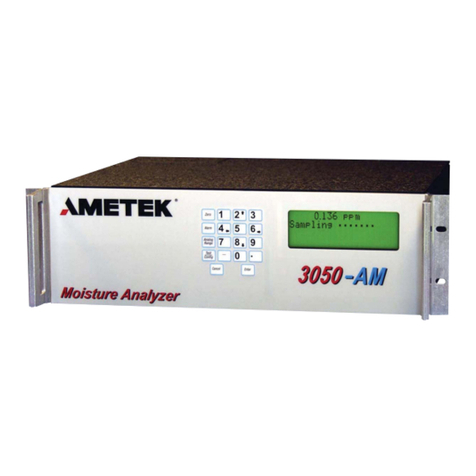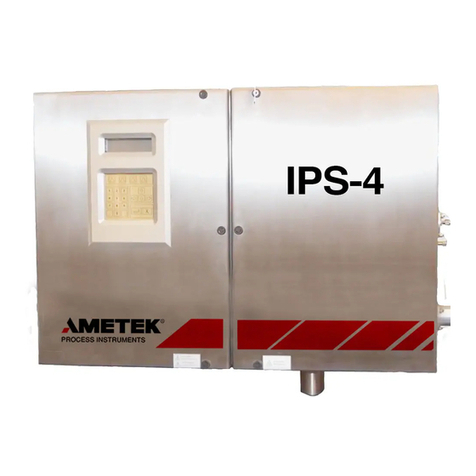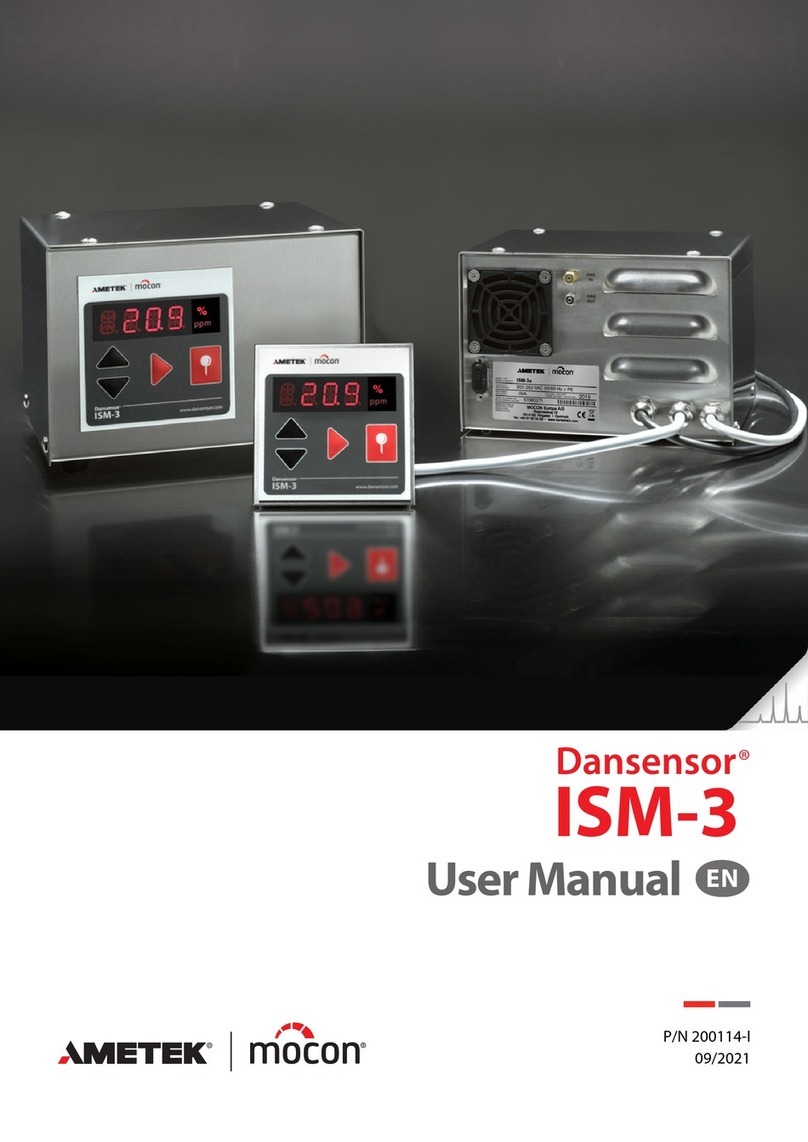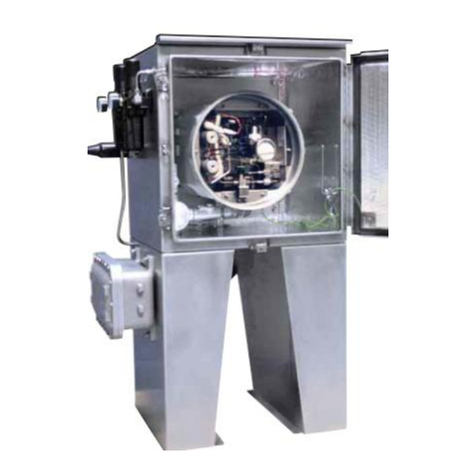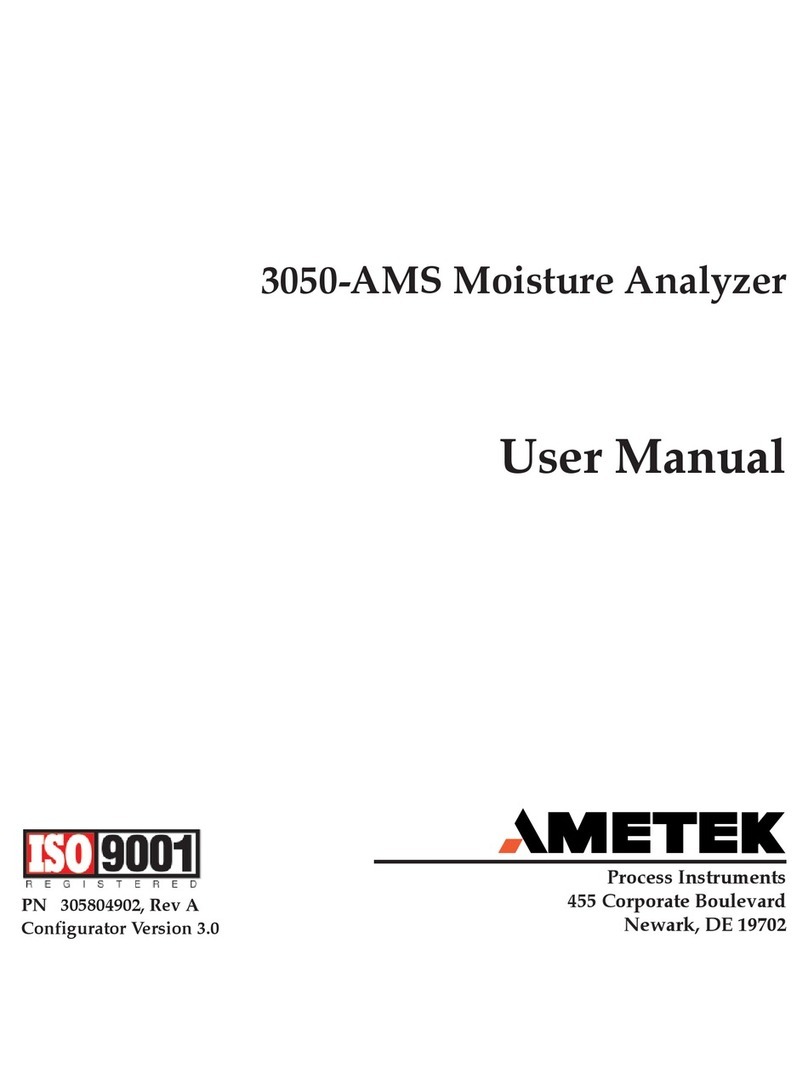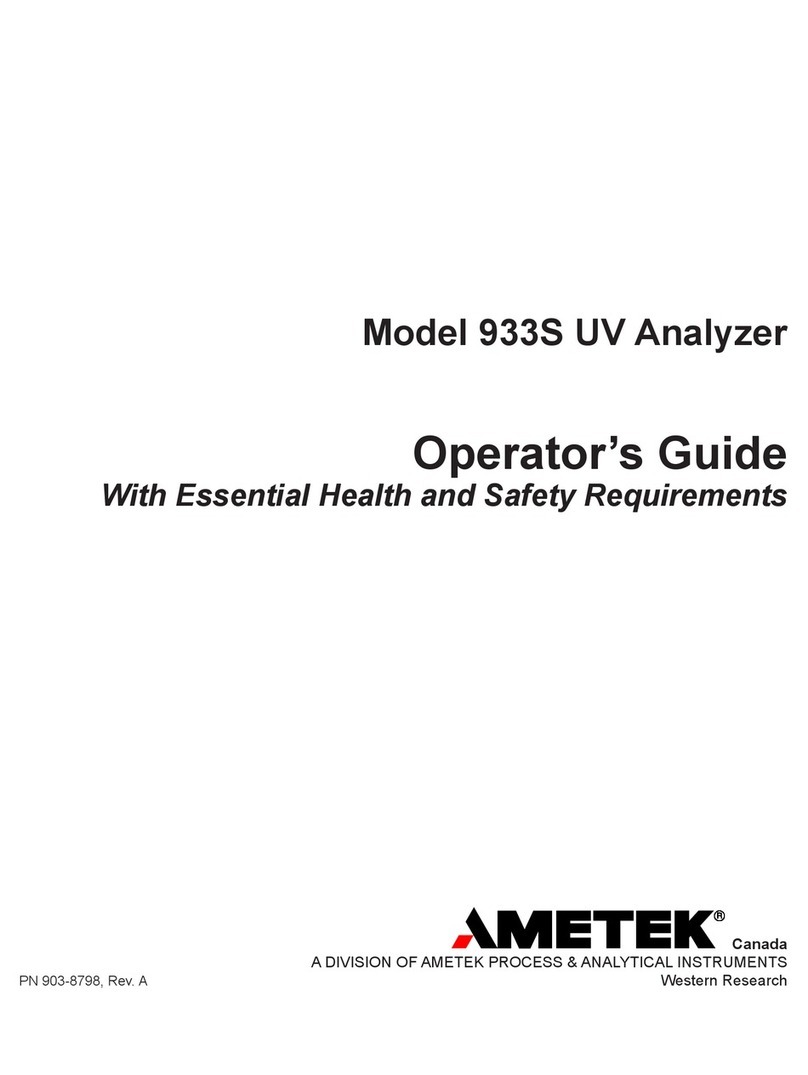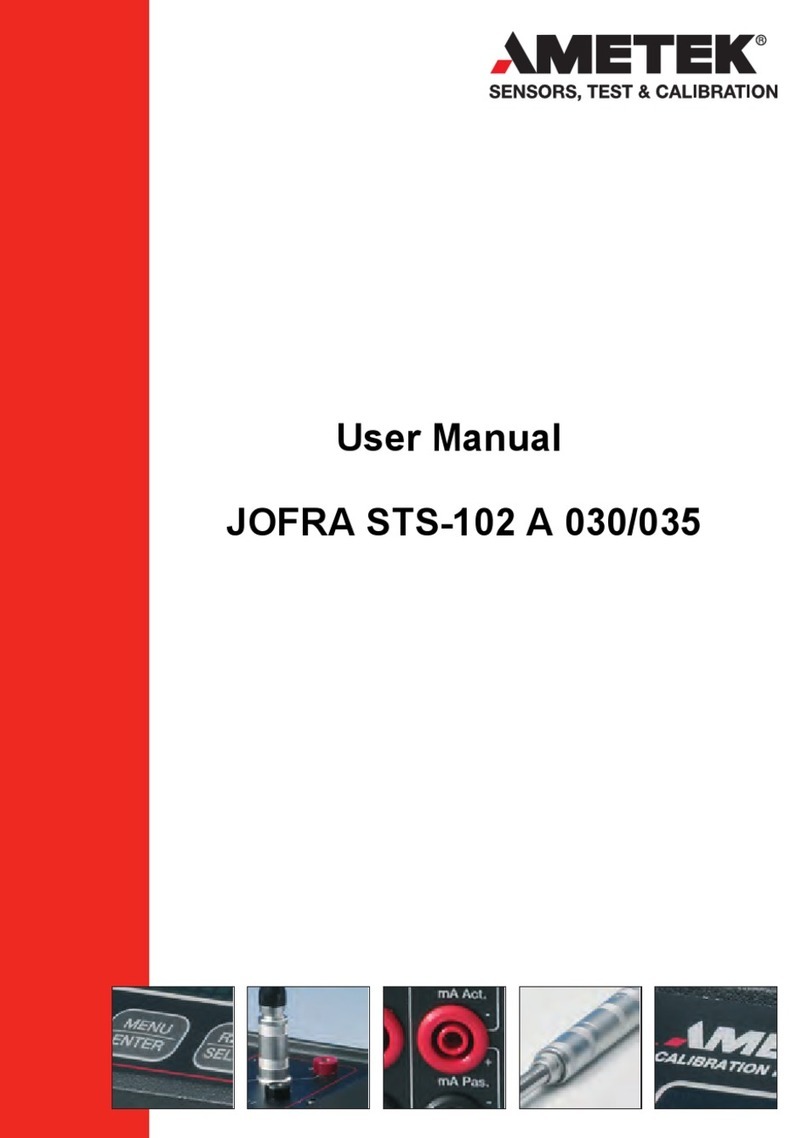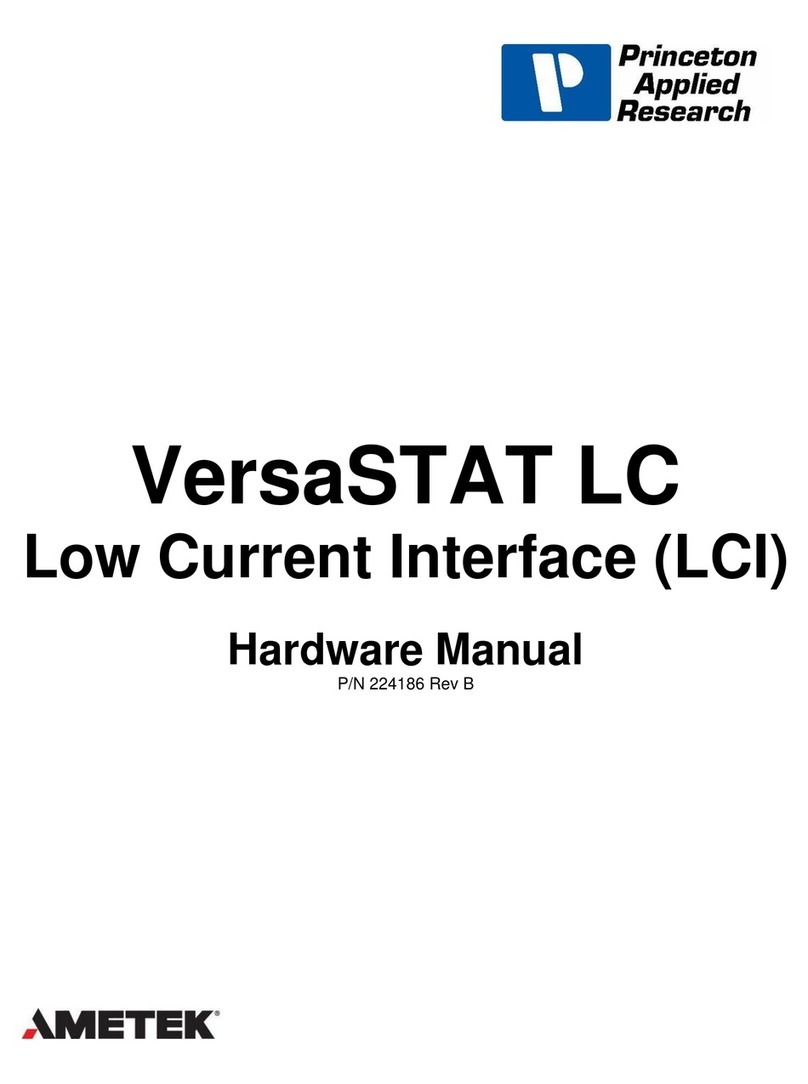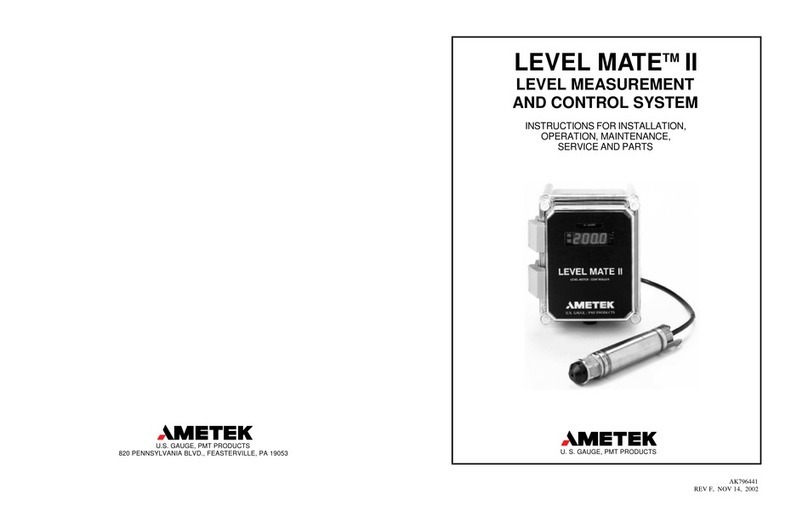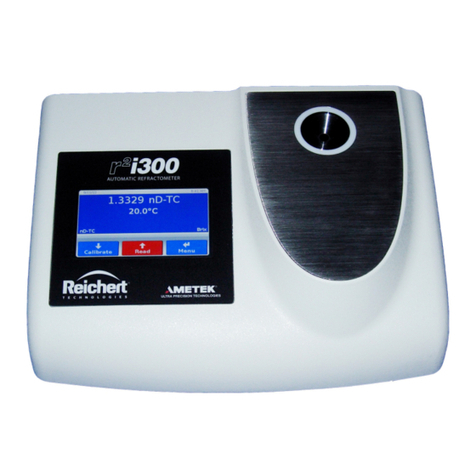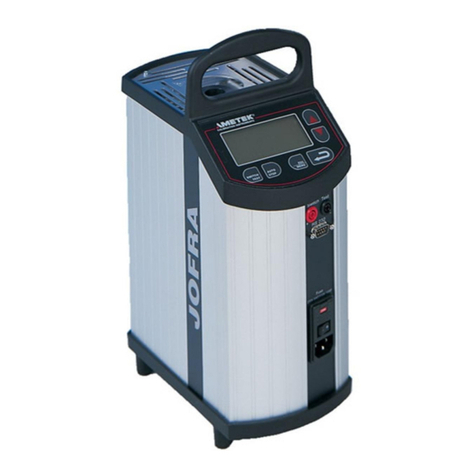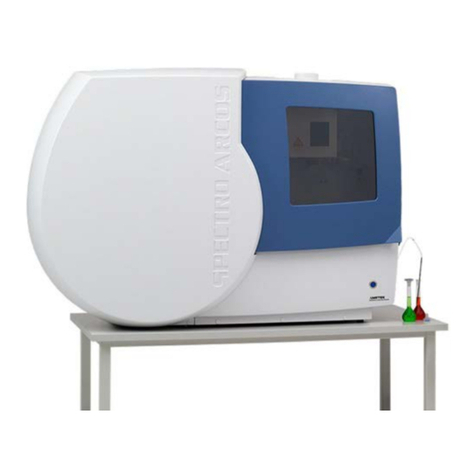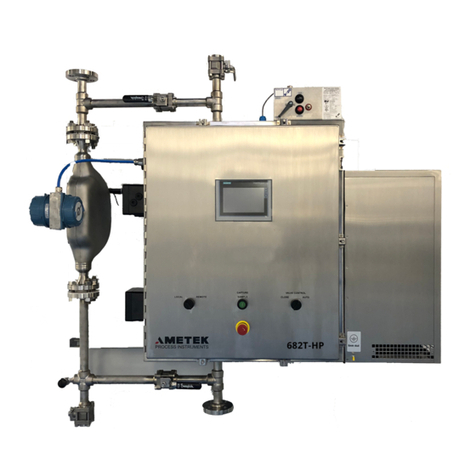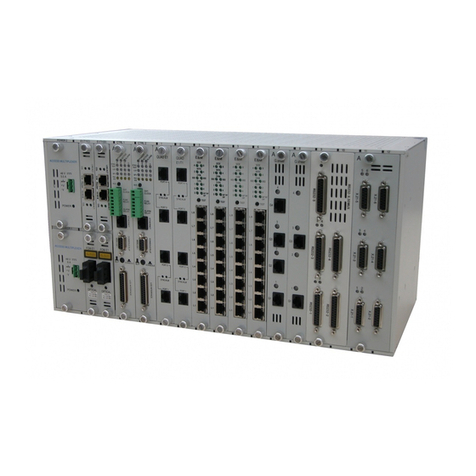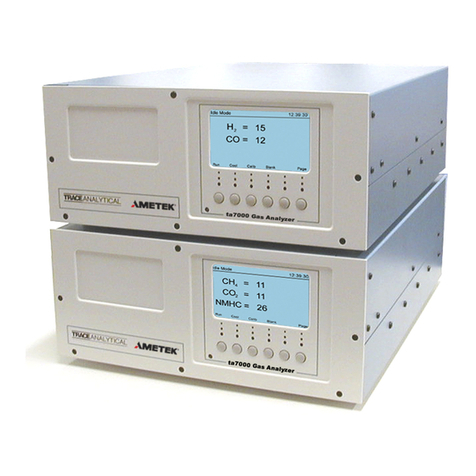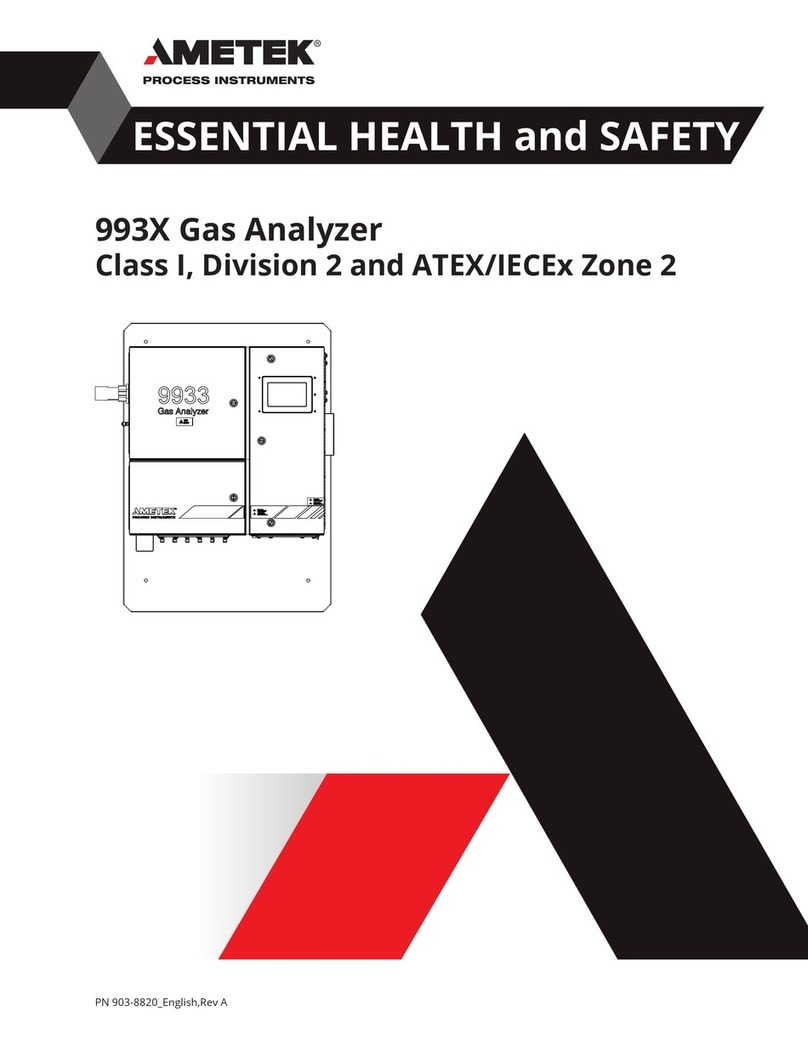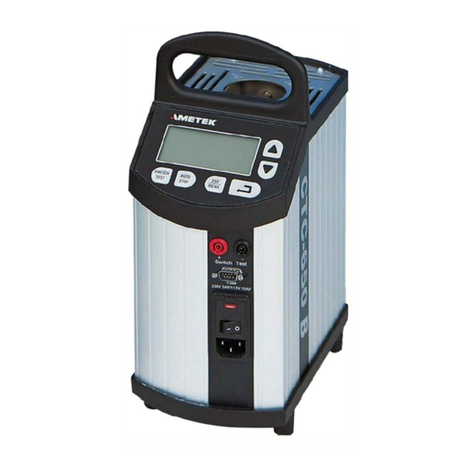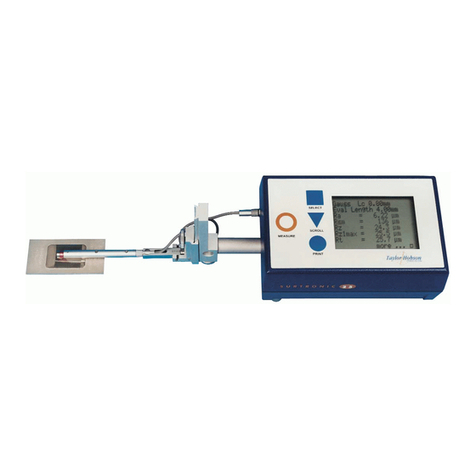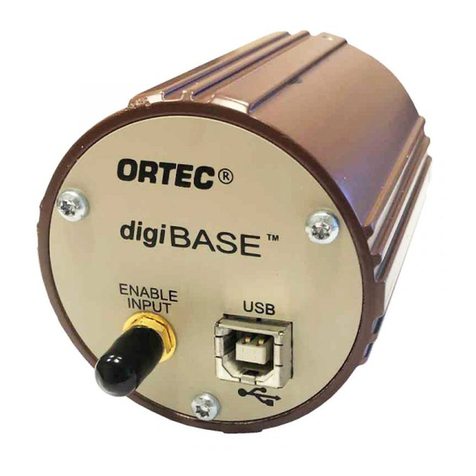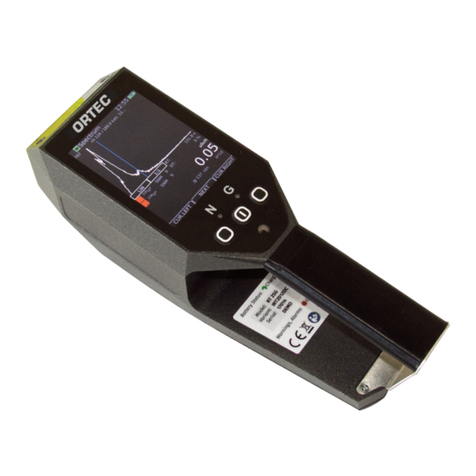
TABLE OF CONTENTS i
Table of Contents
General Information .......................................................................P-1
Application of the Consistometer.....................................................................................................P-1
Test Procedure................................................................................................................................P-1
Description of Apparatus.................................................................................................................P-1
Specifications..................................................................................................................................P-3
Section 1 - Installation.................................................................... 1-1
Unpacking the Instrument................................................................................................................1-1
Utility Requirements........................................................................................................................1-1
Tools and Equipment Required........................................................................................................1-1
Setting up the Instrument ................................................................................................................1-1
Connecting Air and Water ...........................................................................................................1-1
Connecting Power to the Consistometer......................................................................................1-2
Section 2 – Operating Instructions................................................. 2-1
Training...........................................................................................................................................2-1
Preparing the Instrument for a Test..................................................................................................2-1
Configuring the Consistency Display............................................................................................2-1
Programming the Temperature and Pressure Controllers..............................................................2-1
API Slurry Cup Preparation.........................................................................................................2-1
Running a Test................................................................................................................................2-3
After the Test is Complete...............................................................................................................2-5
Cooling the Cylinder....................................................................................................................2-5
Section 3 - Maintenance................................................................. 3-1
After Every Test..............................................................................................................................3-1
Pressure Cylinder.........................................................................................................................3-1
Potentiometer Mechanism............................................................................................................3-1
Slurry Cup...................................................................................................................................3-1
Thermocouple (Slurry Cup).........................................................................................................3-1
Monthly ..........................................................................................................................................3-2
Potentiometer Mechanism............................................................................................................3-2
Resistor Replacement ..................................................................................................................3-2
Calibration Spring Replacement...................................................................................................3-2
Potentiometer Calibration............................................................................................................3-2
Magnetic Drive............................................................................................................................3-3
High Pressure Filter.....................................................................................................................3-4
Thermocouple and Temperature Control System.........................................................................3-4
Three Months..................................................................................................................................3-4
Oil & Filter..................................................................................................................................3-4
Drive Motor................................................................................................................................3-4
